
When it comes to finding the best laptop for Blender, the search can be both exciting and challenging. As an avid Blender user, I understand the importance of balancing performance, display, and portability to optimize your 3D modeling, animation, and rendering experience. In this guide, I've taken the time to review an extensive laptop spreadsheet of recent releases, comparing specs and reviews to help you find the ideal laptop for your creative endeavors.
Blender is a powerful, open-source 3D creation suite, and it demands a laptop with robust hardware to handle complex tasks such as sculpting, particle simulations, and Cycles rendering. While the best laptop for Blender should undoubtedly have a strong CPU and a dedicated GPU, other factors like RAM, storage, and display quality also play a significant role in ensuring a smooth and efficient workflow. Additionally, considering the active community on Blender Artists, Blender Stack Exchange, and dedicated YouTube channels, it's essential to choose a laptop that can keep up with software updates and perform well with various add-ons and plugins.
As a laptop expert with firsthand Blender experience, I've focused on narrowing down top laptops that meet the unique requirements of Blender users across various price ranges. We'll explore options with powerful processors, high-performance GPUs, ample RAM and storage, and quality displays to provide you with the best possible experience when using Blender. Whether you're a freelancer working on a tight deadline, a hobbyist exploring the world of 3D, or a professional creating stunning visuals, this guide will help you find the best laptop for Blender tailored to your needs and preferences.
Laptop FAQs
Q: What are the recommended laptop specs for Blender?
The recommended laptop specs for running Blender smoothly in 2023 are as follows:
- Processor: Ryzen 7 4700U or higher
- Memory: 16 GB or higher
- Storage: 512 GB SSD or higher
- Graphics: GTX 1660 Ti or higher
Which laptop is best for running Blender?
There are several laptops that are well-suited for running Blender, but two standout options in 2023 are the Lenovo Legion 5 Pro 16 and the HP Victus. The Legion 5 Pro 16 offers excellent performance at an affordable price of $700, while the HP Victus provides a good balance between performance and price at $850. Both laptops meet the recommended specs for Blender.
Can you use Blender on a laptop?
Absolutely! Blender is a versatile software that can be used on laptops. However, to ensure smooth performance, it is important to have a laptop with suitable specifications, such as a powerful processor, sufficient RAM, and a capable graphics card. With the right hardware, you can fully enjoy the benefits of Blender on a laptop.
What graphics card is recommended for Blender?
For optimal performance in Blender, it is recommended to have a graphics card with at least GTX 1660 Ti or higher. This ensures smooth rendering and faster viewport performance, especially when working with complex 3D scenes. The more powerful the graphics card, the better the experience in Blender.
How much RAM is required for Blender on a laptop?
The minimum amount of RAM required for running Blender on a laptop is 8 GB. However, to handle more demanding projects and ensure smooth multitasking, it is recommended to have at least 16 GB of RAM. With 32 GB of RAM, you will have even more headroom for complex scenes and simulations.
What CPU is best for running Blender?
The best CPU for running Blender depends on your budget and performance needs. In 2023, the Ryzen 7 4700U is a solid mid-range option that offers excellent multi-threaded performance at an affordable price. For even better performance, the Ryzen 7 5800H is a high-end choice that provides superior single-threaded performance as well.
Are gaming laptops good for Blender?
Yes, gaming laptops can be great for running Blender. They often come equipped with powerful processors, ample RAM, and dedicated graphics cards, which are all essential for a smooth Blender experience. However, it is important to consider factors such as cooling and portability when choosing a gaming laptop for Blender, as some models may prioritize gaming performance over thermals.
Is SSD storage necessary for running Blender?
While not absolutely necessary, SSD storage greatly enhances the overall performance of Blender. SSDs provide faster load times, smoother file handling, and quicker data transfers, resulting in a more efficient workflow. If you have the budget, opting for a laptop with at least a 512 GB SSD or higher is highly recommended.
Can a budget laptop handle Blender?
Yes, a budget laptop can handle Blender to some extent. With the minimum requirements, you can run Blender and work on simpler projects without major performance issues. However, keep in mind that complex scenes, high-resolution textures, and intensive simulations may put a strain on the hardware, resulting in slower rendering times and potential lag. If possible, it is best to invest in a laptop that meets the recommended specs for a smoother Blender experience.
What laptops have good cooling for running Blender?
Cooling is crucial when it comes to running resource-intensive software like Blender. Some laptops that are known for their excellent cooling capabilities in 2023 include the Lenovo Legion 5 Pro and the ASUS ROG Strix Scar. These laptops incorporate efficient cooling systems, such as multiple heat pipes and powerful fans, to keep the hardware temperatures in check during demanding tasks. It is essential to prioritize good cooling to prevent thermal throttling and ensure consistent performance while using Blender.
5 Best Laptops for Blender
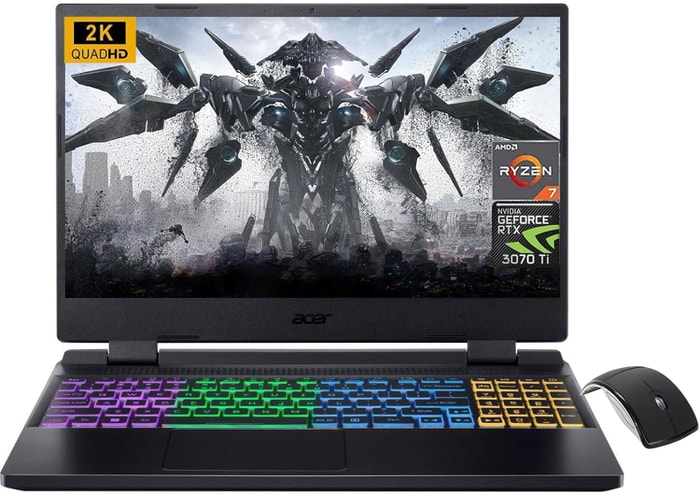 $680
$6801.acer Nitro 5
Blender laptop- Solid processor (Ryzen 7 6800H)
- Exceptional graphics card (RTX 3070 Ti)
- Splendid display (15.6)
- Great memory amount (32GB)
- No IPS Panel (worse viewing angles)
Alternatives
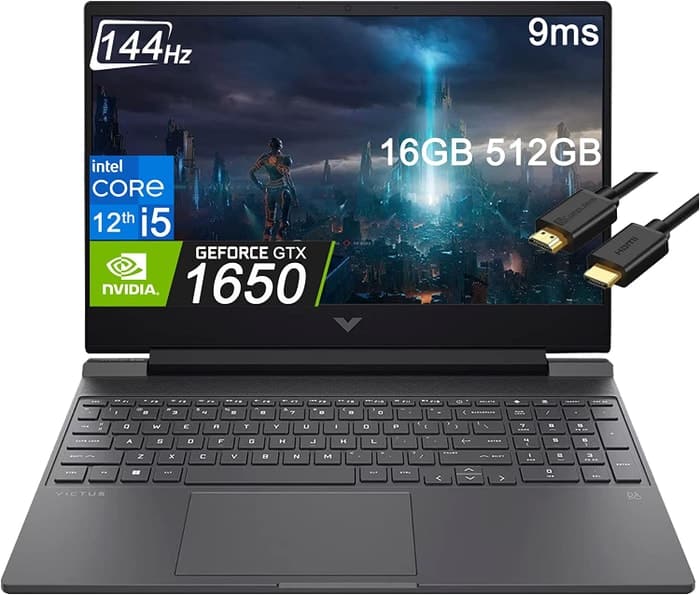
HP Victus 15t
- Low price
- Solid productivity performance
- Weak GPU yields unsatisfactory frame rates
- Mediocre display and webcam

2.ASUS TUF Dash F15
ASUS TUF Dash F15: A powerful and affordable laptop for all-purpose and gaming needs.- Lightweight and well-built
- Good inputs and IO
- Multiple screen options
- More powerful than the previous generation
- Quirks affecting everyday ergonomics
- Ports squeezed together on the left edge
- FHD 144Hz panel option should be avoided
Summary
The ASUS TUF Dash F15 is a more powerful and affordable update to Asus's all-purpose/gaming laptop series. It offers a lightweight and well-built design, good inputs and IO, multiple screen options, and competitive pricing. However, there are some quirks affecting everyday ergonomics and the FHD 144Hz panel option should be avoided.
Reviews
Alternatives
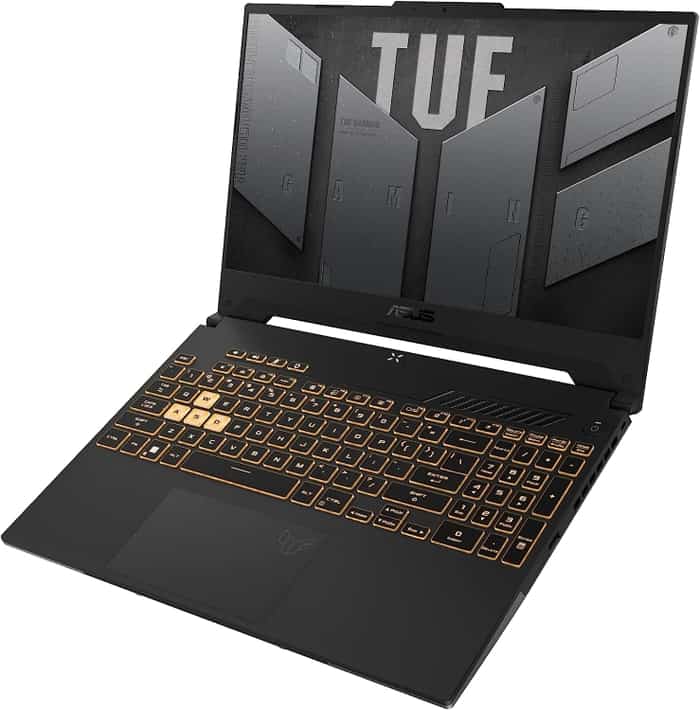
ASUS TUF F15 FX507VU-ES53
- Superb 1080p gaming performance
- Strong productivity capabilities
- Poor webcam, touchpad, and speaker quality
- Some games appear washed out on the display

3.ASUS ROG Strix G15
Powerful gaming laptop with a sleek design and impressive performance.- High-performance CPU and GPU
- Good workmanship and design
- Impressive display
- Stable construction
- Limited connectivity options
- Coil whine in certain situations
Summary
The ASUS ROG Strix G15 is a top-of-the-line gaming laptop that delivers high performance with its RTX 3000 GPU and Ryzen 5000 CPU. With its 300 Hz display and user-friendly maintenance, it offers a great gaming experience. However, it does have limited connectivity options and may experience coil whine in certain situations.
Reviews
Alternatives
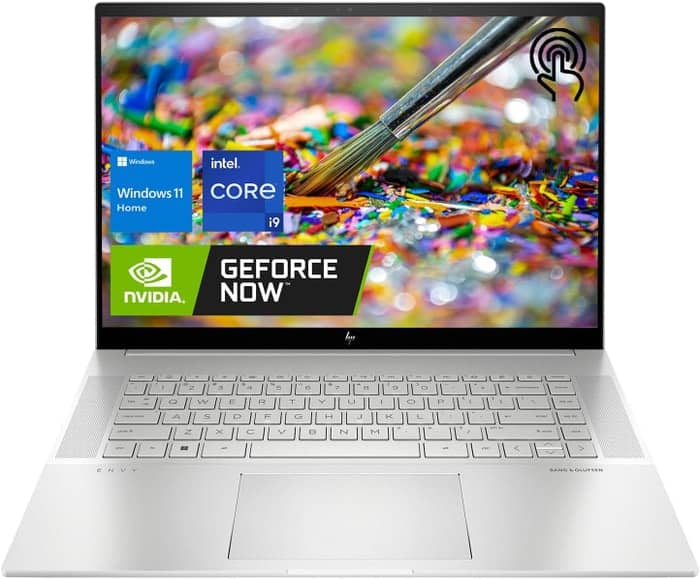
HP Envy
- Plenty of CPU and GPU power
- New 120Hz screen refresh rate
- Merely adequate base screen
- Optional OLED has fewer pixels than before
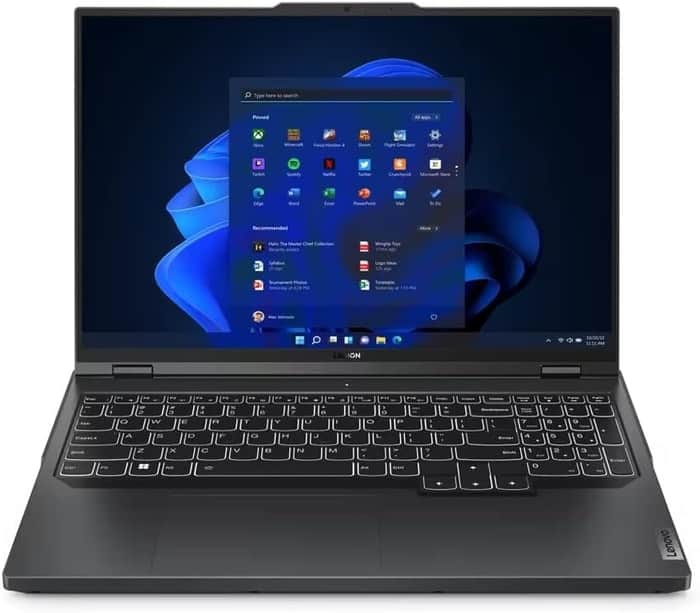
4.Lenovo Legion Pro 5
Lenovo Legion Pro 5 offers good value with solid performance, but suffers from hotspots and limited battery life.- Good build quality and design
- Good screen and IO
- Competent CPU with three GPU options
- Competitively priced
- No Thunderbolt or biometrics
- Some hotspots while gaming
- Poor speakers
- So-so battery life
Summary
The Lenovo Legion Pro 5 is a well-built laptop with a good screen and inputs, offering plenty of performance at a competitive price. However, potential buyers should be aware of the hotspots under sustained loads, the somewhat limited battery life, and the lacking speakers.
Reviews
Alternatives
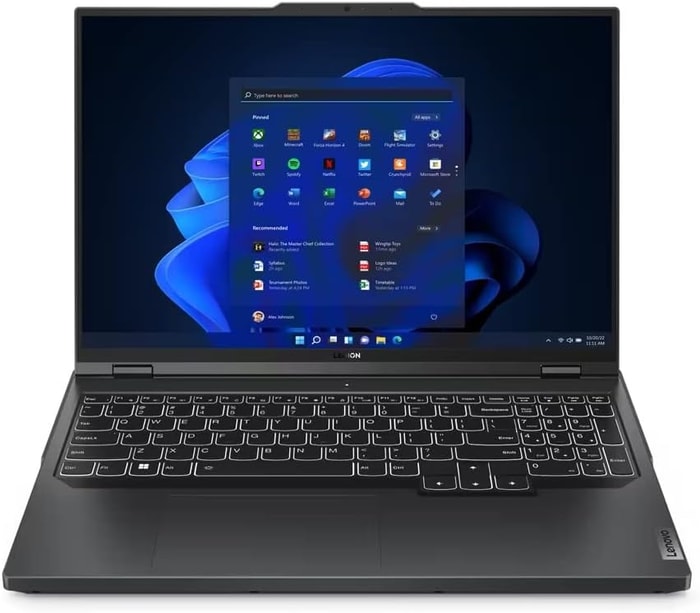 $2,840
$2,840Lenovo Legion Pro 5
- Strong performance for the price
- Quality build and port selection
- Display quality and battery life are just decent
- Bulky and heavy

5.Lenovo Legion Pro 7i 16
Lenovo Legion Pro 7i 16: A sleek and powerful gaming laptop with a justifiable price tag.- Strong overall performance
- Big, bright, and fast display
- Per-key RGB lighting
- Some flex to keyboard deck
- Poor battery life
Summary
The Lenovo Legion Pro 7i 16 impresses with its powerful processor and graphics card, delivering exceptional performance in a sleek and understated design. While it may have some limitations in terms of GPU performance and battery life, it offers great value compared to its competitors.
Alternatives

HP Omen 17
- QHD display with 165 Hz
- Expandable working memory
- Slightly below-average performance for a RTX 4080
- High noise level
Table of the Best Laptops for Blender
| Laptop | Price (approx) |
| acer Nitro 5 | $680 |
| ASUS TUF Dash F15 | $1,160 |
| ASUS ROG Strix G15 | $1,750 |
| Lenovo Legion Pro 5 | $2,630 |
| Lenovo Legion Pro 7i 16 | $3,390 |





